Search Images
Browse Content (p. 565)

Image
Migration Period in Europe During the 4th & 5th Century
A map illustrating migrations of various peoples across fractured Europe and Western Asia after the division of the Roman Empire at the end of the 4th Century CE.

Image
Portuguese Caravel with Lateen Sails
A model of a 15th-century Portuguese caravel with lateen sails. The caravel was an important element of Portugal's ambitions to build an empire. (National Maritime Museum, Paris)
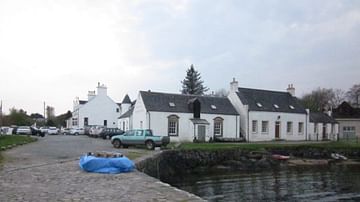
Image
Hotel Eilean Iarmain, Skye, Scotland
Built in 1888, the Hotel Eilean Iarmain is located on the tip of the Sleat peninsula, Isle of Skye, Scotland.
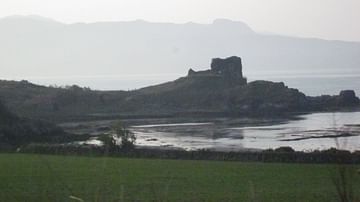
Image
Ruins of Knock Castle, Isle of Skye, Scotland
Knock Castle was built by the Clan MacLeod in the 15th century. Its ruins are located on the Sleat peninsula, Isle of Skye, Scotland.

Image
Dunscaith Castle, Isle of Skye, Scotland
Dunscaith Castle figures prominently in Scottish lore as the home of the warrior-witch Scathach, who taught the hero Cuchulainn the art of war. It was built in the 13th century by the Clan MacLeod, later taken by Clan MacDonald, and abandoned...
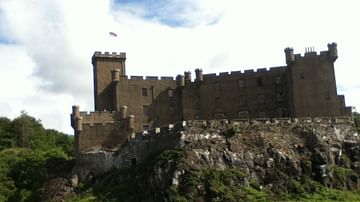
Image
Dunvegan Castle, Isle of Skye, Scotland
Dunvegan Castle is the family seat of the Clan MacLeod on the Isle of Skye, Scotland. The castle is the oldest continually inhabited in northern Scotland. The present structure dates from the 18th century but the first castle on the site...

Image
Armadale Castle, Isle of Skye, Scotland
Armadale Castle was the family seat of the Clan MacDonald. The 19th-century manor house was destroyed by fire, and its ruins are located on the Sleat peninsula, Isle of Skye, Scotland.
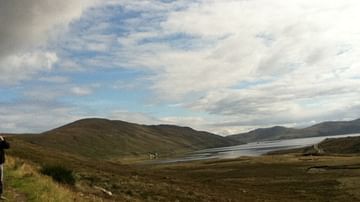
Image
Scenic View on the Isle of Skye, Scotland
The Isle of Skye, Scotland, has a long history stretching back to the Neolithic Period. The island is featured in many pivotal historic and legendary events.
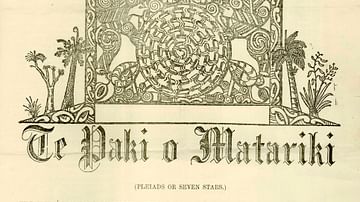
Image
Edition of Te Paki o Matariki, July 25, 1893
The July 25, 1893 edition of Te Paki o Matariki, newspaper of the Kīngitanga (Māori King Movement). The masthead depicts Matariki (Pleiades or Seven Stars) and is an adaptation of the coat of arms of the Kīngitanga, designed by Tīwai Parāone...

Image
Elsdon Best
19th century New Zealand ethnographer, Elsdon Best (1856-1931 CE).